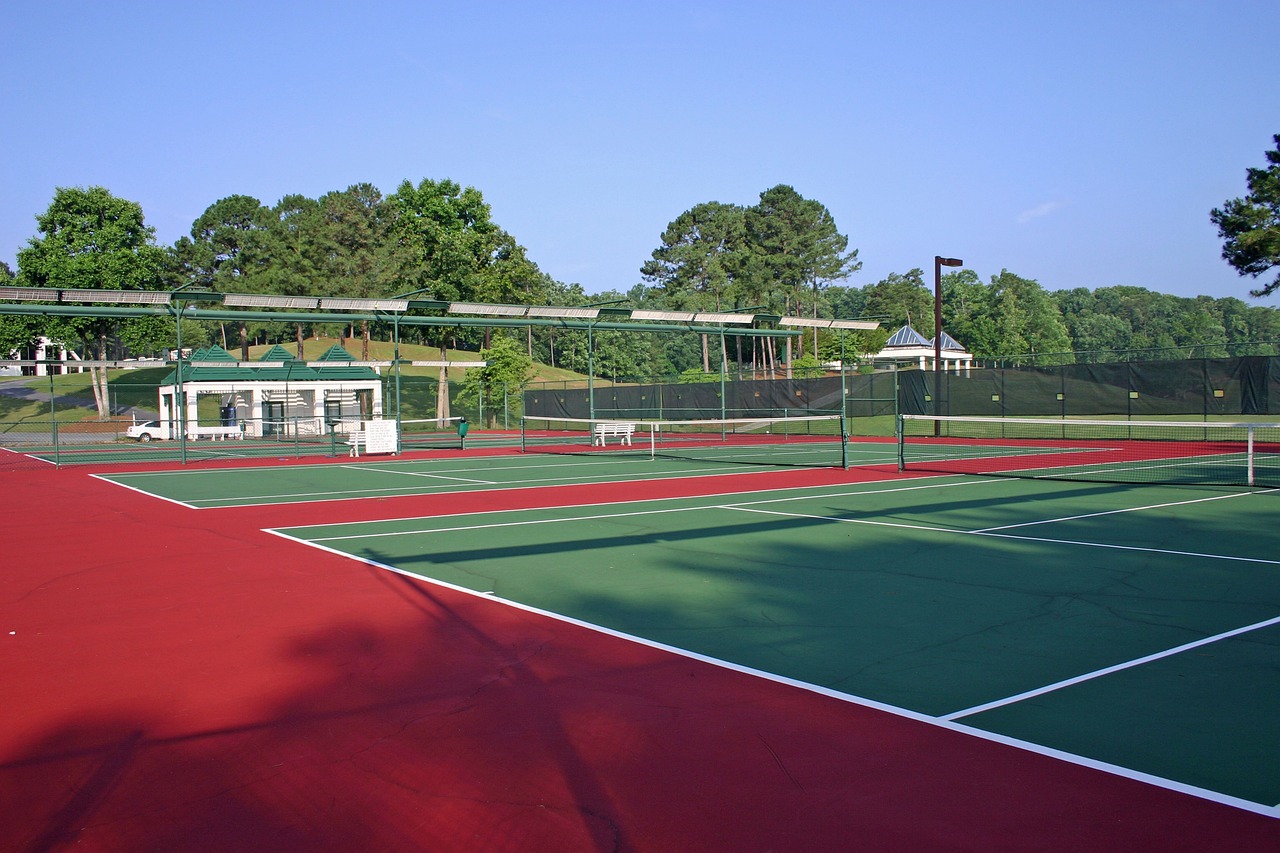Last Updated on: 22nd November 2023, 06:59 pm
When it comes to tennis, the court is the epicenter of the action. But over time, wear and tear can take a toll on these surfaces, making them less than ideal for play. In this article, we will delve into the world of asphalt tennis court resurfacing and explore why a master of this craft is indispensable.
The Importance of Tennis Courts
Tennis courts are the battlegrounds where athletes hone their skills, where champions are made, and where countless hours of enjoyment take place. However, these courts are not immune to the effects of weather, usage, and time. Cracks, fading, and uneven surfaces can compromise the quality of play and safety.
Signs of Wear and Tear
Before delving into the intricacies of tennis court resurfacing, it’s crucial to recognize the signs that indicate the need for a masterful makeover:
- Cracks and Potholes
Cracks and potholes on the court’s surface are not only unsightly but can also lead to injuries if left unattended.
- Fading Lines
Faded lines make it challenging to determine if a ball is in or out, disrupting the flow of the game.
- Uneven Surfaces
Uneven surfaces can cause unpredictable bounces, negatively impacting the fairness of the game.
The Tennis Court Resurfacing Process
Resurfacing a tennis court is a meticulous process that requires the expertise of a seasoned professional. Here’s a step-by-step guide to how it’s done:
- Evaluation and Planning
The first step is a comprehensive assessment of the court’s condition. The resurfacing master will identify all issues and plan accordingly.
- Crack Repair and Patching
Addressing cracks and potholes is paramount. The resurfacing master will fill them in to create a smooth surface.
- Cleaning and Surface Preparation
Thoroughly cleaning the court and preparing the surface is essential for the new coating to adhere correctly.
- Application of Acrylic Resurfacer
An acrylic resurfacer is applied to create a fresh, even surface, restoring the court’s aesthetics.
- Painting and Marking
Precise painting and marking ensure that the lines are crisp and easy to distinguish.
- Applying Color Coating
The final touch involves applying a color coating that not only enhances the court’s appearance but also provides durability.
The Role of a Tennis Court Resurfacing Master
Now that we understand the process, let’s explore why having a master in tennis court resurfacing is crucial:
- Expertise in Materials
A resurfacing master knows the best materials to use, ensuring the longevity and performance of the court.
- Precision and Attention to Detail
Masters take pride in their craft, ensuring that every inch of the court is flawless, from surface smoothness to line accuracy.
- Cost-Effective Solutions
A master can recommend cost-effective solutions that extend the life of the court, saving you money in the long run.
In the world of tennis, the court is sacred ground. Ensuring its quality and safety should be a top priority. A tennis court resurfacing master is the guardian of this sacred space, guaranteeing that it remains a hub of athletic excellence and enjoyment.




